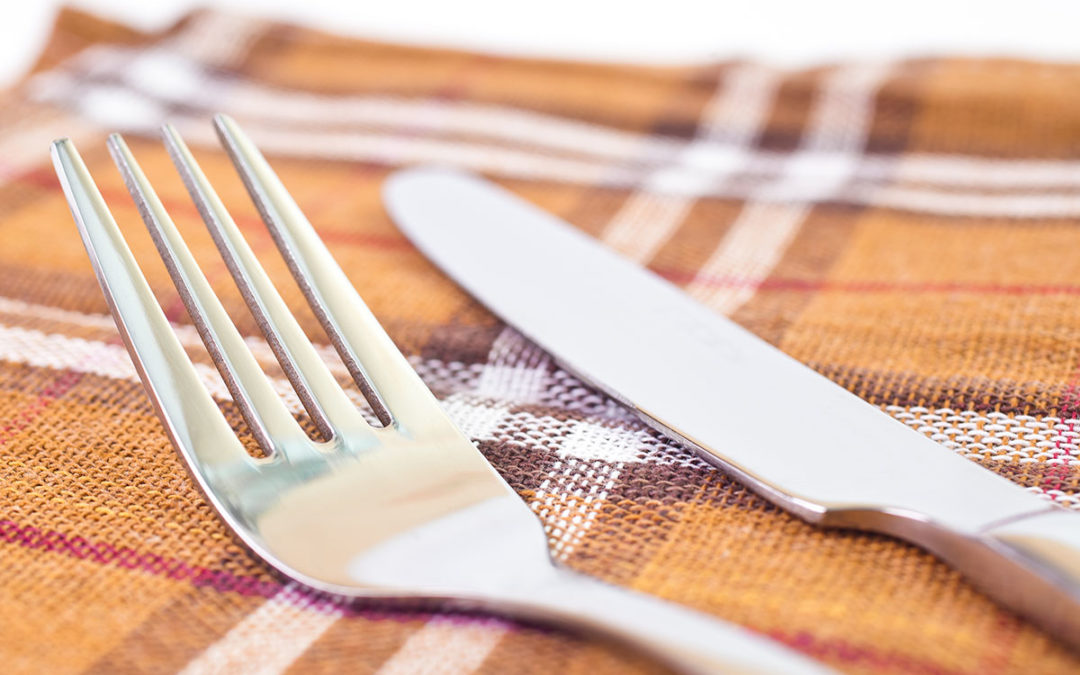Alzheimer’s is a very complex disease which presents itself differently for each person. As with most things in life, a ‘one size fits all‘ approach just doesn’t work. We are all so unique and that doesn’t change for people experiencing dementia. In fact, a personalised approach becomes even more important when supporting people with cognitive impairment.
People with dementia often experience problems with eating and drinking. There are a vast number of reasons why this might happen and lots of ways in which to support someone experiencing a lack of appetite. It is important for the carer to take a step back and ask themselves what the cause could be and how they can best help a person to eat.
Mealtime tips and ways of encouraging appetite
Environment
The mealtime environment is incredibly important. Typically, it needs to be calm and inviting, music should be soft and no TV on in the background. The table should be free of clutter as this can be confusing and a distraction for some people with dementia. Be aware of the other people in the room – is it too loud and busy?
What were a person’s eating habits in years passed? Were they part of a large family and enjoyed the hustle and bustle, or did they live in a quite household and used to eating alone or with just one other person?
Food
If a person with Dementia is experiencing some form of visual disturbance, then it might be difficult for them to distinguish and separate colours which are similar. For example, mash potato and chicken on a white plate with a white tablecloth has no contrast and doesn’t help the meal stand out or look appetising. Using blue plates has been shown to help with this.
Here is an example of what a scampi, potato croquettes and vegetable meal might look like. Can you also see the lack of contrast in the white plate and white tablecloth? The meal on this plate stands out well here. However, some meals wouldn’t.

Creating meals that not only smell and taste great, but look visually appealing too is a key factor. If the taste buds aren’t working as well as they did then try to appeal to the other senses by making a meal look appetising and smell great.
Don’t be scared of trying new flavours. Perhaps the stronger flavours are more appealing now. I have known ladies in their 80s who have never liked Indian style food previously, to thoroughly enjoy a chicken curry in their dementia stage. Have taste testers with different foods, smoothies and drinks. Try adding herbs and spices to foods for the extra flavour.
Having the smell of baked bread or fresh coffee in the room can stimulate someone’s appetite.
It is also important not to overload the plate too much. Smaller portions often seem more manageable to people – and remember you can always fill the plate up wit a second and third portion if it is going down well!
Problems with co-ordination
If someone is struggling with co-ordination there is a variety of adaptable equipment (such as easy hold cutlery or raised rim plates) which might make the mealtime an easier task for those eating with difficulty.
Or trying finger foods! Most cuts of meat, vegetables and potato can be picked up by hand, as can fruits. You could even have dishes with gravy or beans to dip the finger foods in on the side.
Make mealtimes enjoyable!
To make the mealtime an enjoyable experience, make sure people are eating meals they like in an environment that suits their social and emotional needs. Ensure that the people around them are supportive and relaxed and that mealtimes are never rushed. And independence is promoted as much as possible!


